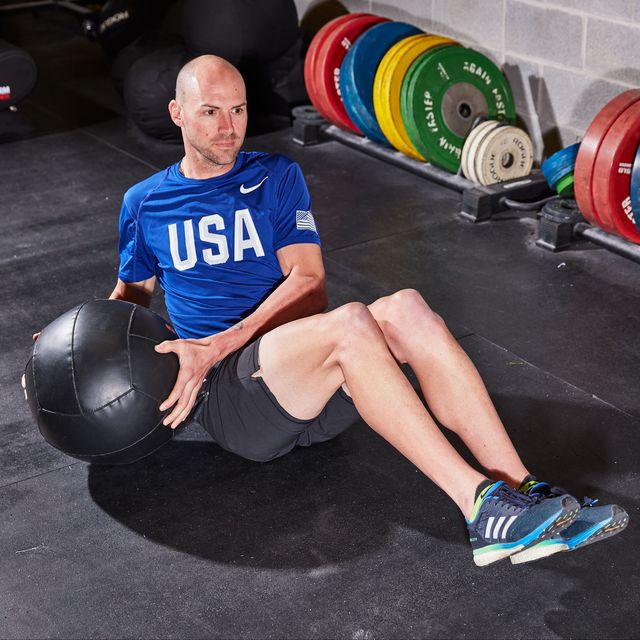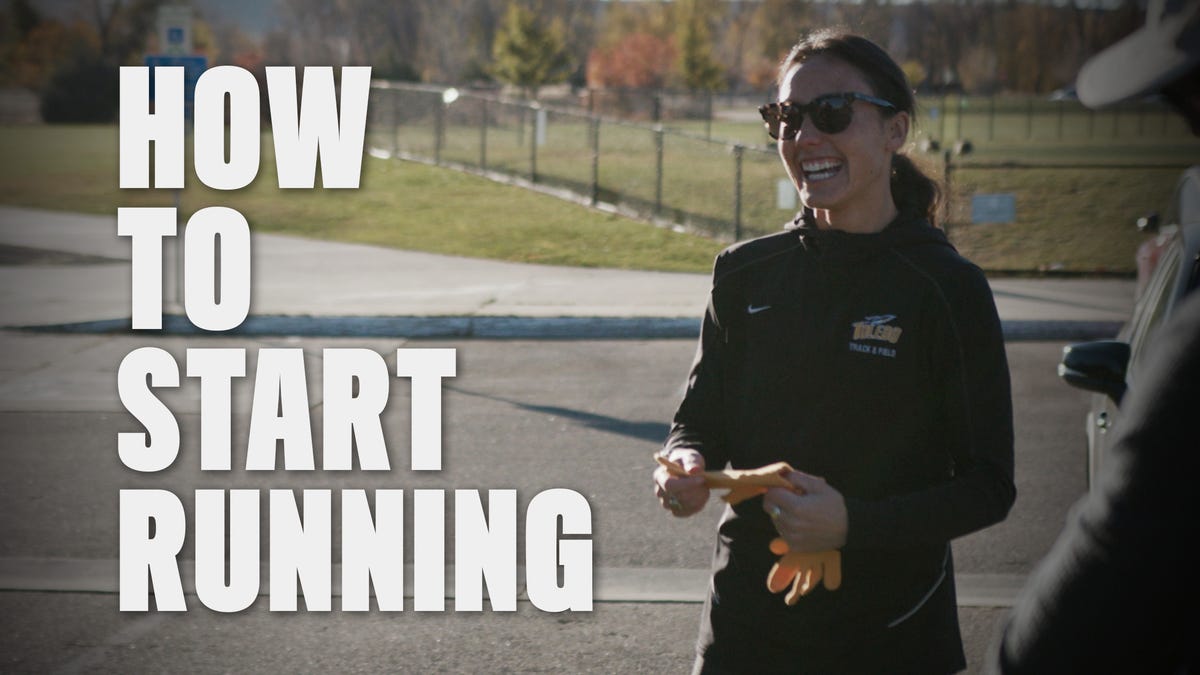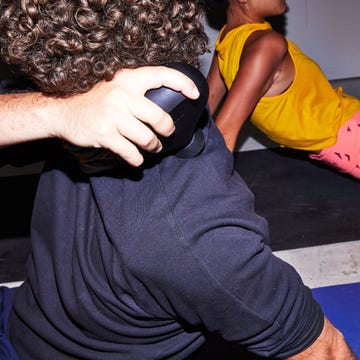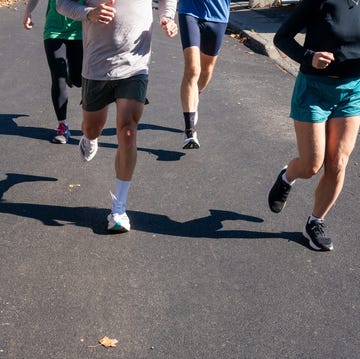Participating in marathons can be a thrilling accomplishment, but it’s not always easy on the body—research has highlighted that marathon runners can be prone to serious soreness depending on muscular strength levels, as well as hamstring damage, for example. But what does it do to your feet? New research in the Scandinavian Journal of Medicine & Science in Sports finds that the larger muscles in the feet may show damage in the form of swelling and soreness for a week or more after a race.
To determine how feet are affected, researchers recruited 22 college runners who ran at least two to three times per week, and who were registered for the Mt. Fuji International Marathon in either 2019 or 2021. They used magnetic resonance imaging to measure the transverse relaxation time of the intrinsic and extrinsic muscles at four different time points: before the marathon, as well as days one, three, and eight after marathon completion.
To help put that into layman’s terms: The intrinsic muscles of the foot originate and insert within the foot itself, while extrinsic muscles originate in the lower leg and connect to the foot by way of the ankle. Both types of muscles stabilize the inner arch of the foot while working to move the foot during walking and running. Transverse relaxation time, also known as T2, is a measure of muscle damage.
When comparing the T2 values, researchers found significant damage for one of the intrinsic muscles and three extrinsic muscles the day after the marathon, with values fluctuating over the course of eight days.
“This shows that different foot muscles are affected in different ways during a full marathon, with outer muscles more prone to damage than inner ones,” according to lead author Mako Fukano, Ph.D., researcher at the Shibaura Institute of Technology in Japan. He told Runner's World that pressure on the ankle joint during a continuous, long-distance run like a marathon would affect extrinsic muscles the most because they’re the ones that have to work harder to produce an efficient running stride.
“These findings might help for conditioning and injury prevention,” she said. “They give an indication that building strength in your feet could be important for recovery.”
In terms of how to best take care of your feet, the optimal strategy would be a combination of single- and double-leg exercises incorporated into a strength program, said Carol Mack, D.P.T., C.S.C.S.
“Strength training throughout the marathon training cycle can to help keep the foot and ankle muscles as strong as possible to run long distances,” she told Runner’s World. “For example, single-leg exercises will help isolate the stabilizing muscles in one leg at a time.”
Examples of some exercises to include in your marathon strength routine include single-leg Romanian deadlifts, single-leg squats, and Bulgarian split squats.
Another factor here is to allow time for recovery, she added. In the recent study, researchers only looked at damage in the first eight days after a race and there was still evidence of muscle damage. That means it’s unclear how long the damage may actually affect foot and ankle muscles, Mack said.
“What’s key is to understand that recovery from a marathon takes time,” she said. “In the weeks after a race, it’s important to take time off from impact exercise to let the muscles in the foot and ankle recuperate.”
Elizabeth Millard is a freelance writer focusing on health, wellness, fitness, and food.

















